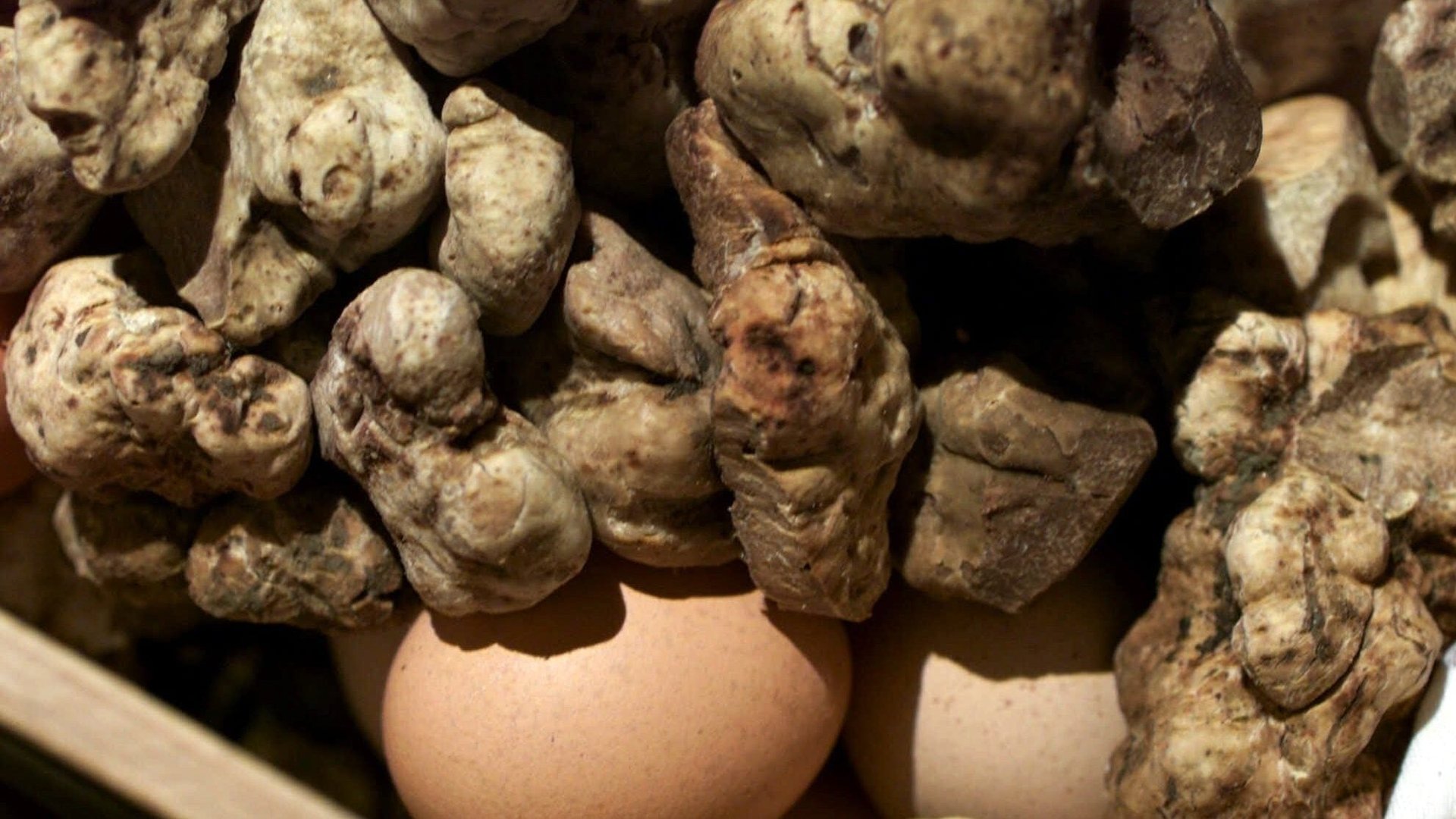This year’s truffle abundance is reminder that fungus lives by its own rules
White truffles are having a great year. After a rainy early fall in Italy’s Piedmont region, where the majority of white truffles are found, the elusive fungus has popped up in record numbers.


White truffles are having a great year. After a rainy early fall in Italy’s Piedmont region, where the majority of white truffles are found, the elusive fungus has popped up in record numbers.
The Wall Street Journal reports (paywall) that while the abundance has led to record-low prices for truffle-obsessives around the world, foragers are also feeling flush thanks to the sheer number they’re unearthing. This year’s glut comes after an especially dry season in 2017, which sent prices soaring. It’s a reminder that fungus is fickle.
Prized for their delicate yet pungent aroma, white truffles are among the most expensive ingredients in the world. It’s not just their flavor that makes them so pricey—they cannot be cultivated. No combination of agricultural know-how, determination, and magic has ever produced a crop of white truffle, which is why they consistently sell for more than $1,500 a pound. (In the Italian city of Alba, the world’s truffle marketplace, the current price ranges from $1,000 to $1,200 a pound, which is about half the average price in 2017.)
Where truffles of all kinds emerge from the ground is also something of a mystery. They grow in symbiosis with oak trees, but it’s unpredictable where they will pop up. Traditionally truffle hunters have used pigs, and their sensitive snouts, to detect and root out truffles of all kinds, though truffle-hunting dogs assist foragers now, too.
Despite their incredible flavor and expense, truffles are less of an outlier in the fungus world than the cheap, easily cultivatable button and portobello mushrooms that run less than $10 a pound in most grocery stores.
Fungus requires assistance from plants to synthesize carbohydrates and fuel itself. Some, like white and brown mushrooms, grow readily on compost and other dead plant matter. Varieties like truffles and morels are rather more mysterious in both their growth and reproduction. “Mushroom sex is infernal; it’s very complicated,” Gérard Chevalier of the National Agricultural Research Institute in Clermont-Ferrand, France told Discover.
Morel mushrooms, while not nearly as expensive and rare as truffles, are also much beloved by chefs and diners, and can cost 10 times their more common cousins. Despite the efforts of scientists, and fungi enthusiasts, they’ve resisted cultivation, and like truffles are gathered by foragers who guard their secret gathering spots. Morel cultivation has been aggressively pursued in China, to quite mixed results—most farmers are not making a living off it because of how inconsistently the morels grow.
It’s not just edible fungi that behave in surprising ways. A fungus in Eastern Oregon, which mostly lives underground, has been declared the largest living organism in the world, the size of 200 blue whales, and it’s likely several thousand years old. A Brazilian fungus turns carpenter ants into zombies.
Whether it’s the white truffle market or the sheer horror of the Devil’s Finger fungus—which strongly resembles the xenomorph from Alien— fungus is not in tune with human needs for predictable reproduction or aesthetics.